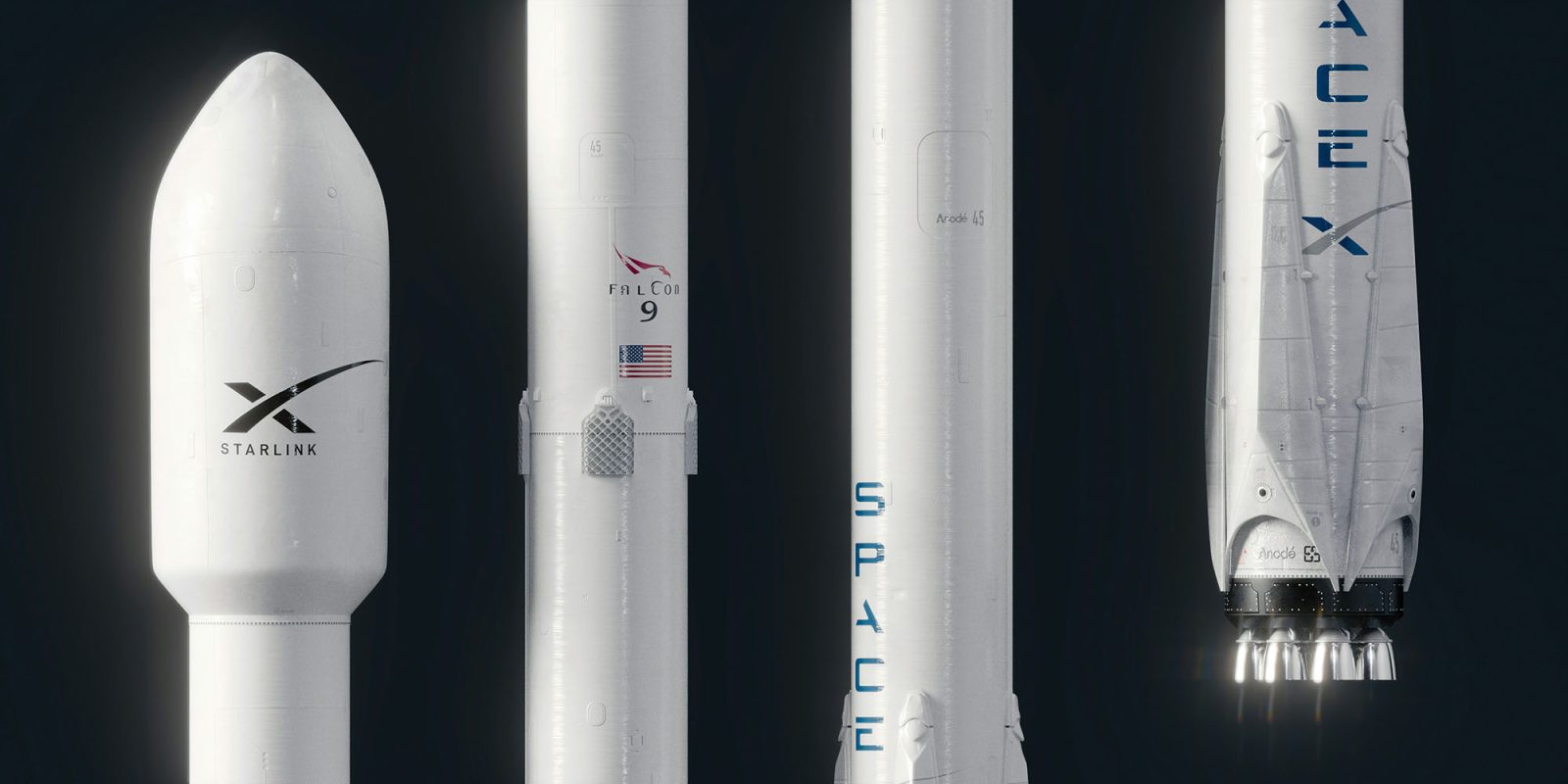Apple has progressively enhanced the satellite communication capabilities of its iPhone lineup, initially introducing the Emergency SOS via Satellite feature with the iPhone 14 in 2022. This service allowed users to contact emergency services when outside cellular coverage areas. Over time, Apple expanded this functionality to include roadside assistance and messaging with family and friends. The company partnered with Globalstar to provide these satellite services, offering them free for the first two years, with plans to introduce unspecified pricing thereafter. However, recent developments suggest that Apple might consider transitioning to SpaceX’s Starlink service to further augment its satellite communication offerings.
Apple’s Current Satellite Services
The Emergency SOS via Satellite feature was a significant milestone for Apple, enabling users to reach emergency services in remote areas without cellular coverage. This service was later extended to offer roadside assistance and the ability to message family and friends, enhancing the iPhone’s utility in critical situations. Initially, Apple announced that these services would be free for the first two years, with future pricing details to be determined. However, indications suggest that Apple may continue offering the Emergency SOS via Satellite service at no cost indefinitely, as evidenced by extensions of the free period for various iPhone models through September 2026 to September 2028.
SpaceX’s Recent Developments
SpaceX has made notable strides in satellite communications that could influence Apple’s future decisions. Firstly, SpaceX secured a $17 billion agreement to acquire spectrum from EchoStar, pending regulatory approval. This acquisition would grant SpaceX rights to 50 MHz of spectrum in the 1.9 and lower 2 GHz bands, enabling the company to provide phone, text, and broadband services from space to mobile users across the United States and globally.
Secondly, SpaceX plans to significantly increase the number of Starlink satellites in orbit. This expansion aims to enhance the capacity and coverage of the Starlink network, potentially offering more robust and widespread satellite communication services.
Implications for Apple
These advancements by SpaceX present compelling reasons for Apple to consider transitioning from its current partnership with Globalstar to a collaboration with Starlink. The acquisition of additional spectrum and the planned expansion of the Starlink satellite constellation could provide Apple with enhanced capabilities for its satellite communication services. This shift could lead to improved service quality, broader coverage, and the potential for new features that leverage the increased capacity and speed offered by Starlink’s network.
Conclusion
As Apple continues to innovate and expand its satellite communication services, the developments by SpaceX offer a promising avenue for future enhancements. By potentially partnering with Starlink, Apple could leverage SpaceX’s advancements to provide users with more reliable and comprehensive satellite communication options, further solidifying the iPhone’s position as a versatile and indispensable tool for users worldwide.



